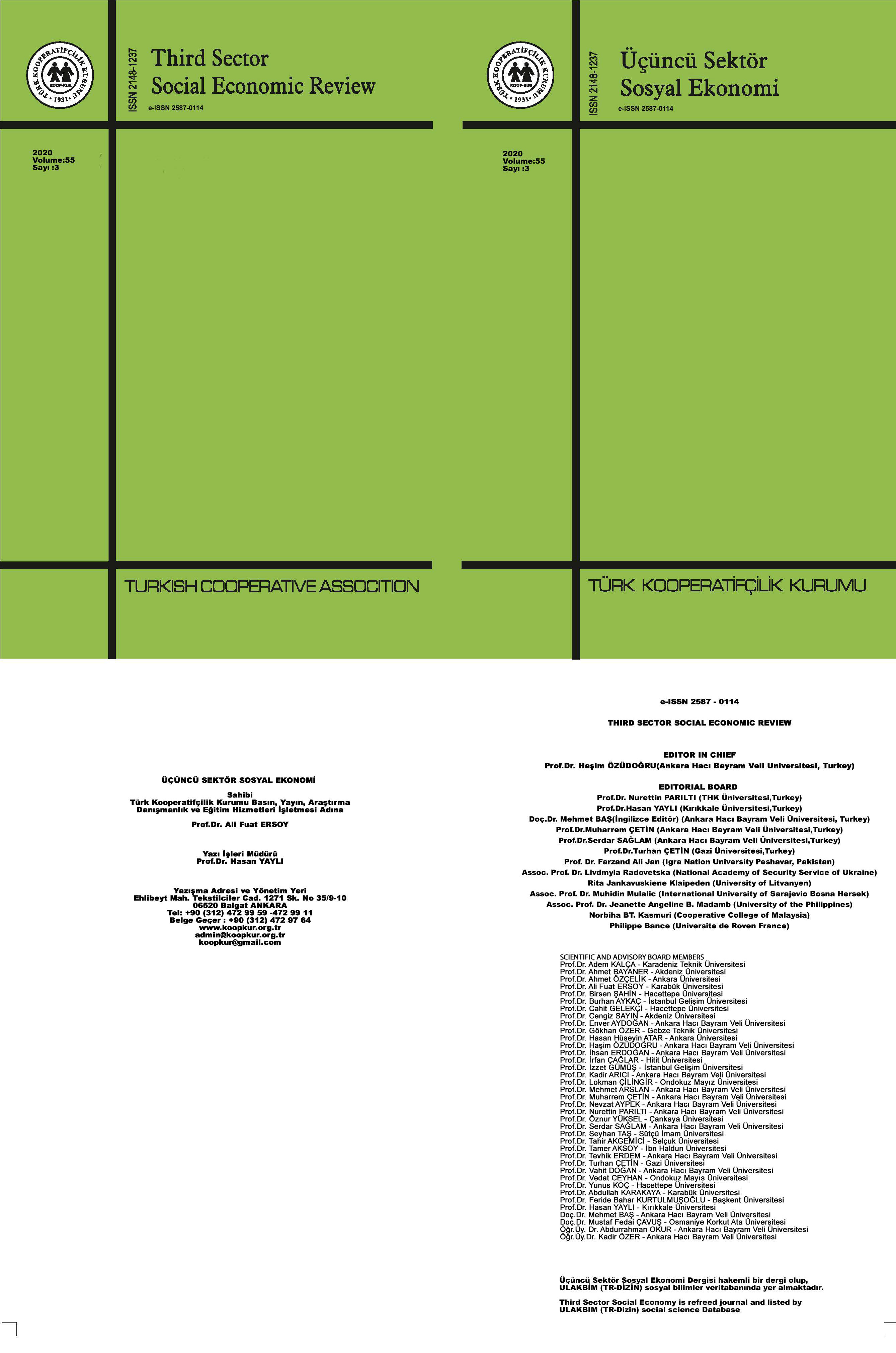FINANCİAL INCLUSION - ECONOMIC DEVELOPMENT RELATIONSHIP: AN EMPIRICAL REVIEW FOR THE WORLDWIDE
DOI:
https://doi.org/10.15659/3.sektor-sosyal-ekonomi.20.06.1357Keywords:
Financial Inclusion Index, Financial Inclusion, Panel VEC Model.Abstract
The main aim of this study is to empirically examine the interrelationships between financial inclusion levels and economic development levels of countries around the world in the period 2010-2018. For this purpose, the FIE (Financial Inclusion Index) score of 108 countries was calculated for each year in order to determine the financial inclusion levels of the countries. Afterwards, GDP per capita of countries representing economic development were obtained and analyzes were carried out with panel data models in line with the stated purpose. As a result of the analysis, a causality relationship was determined from GDP per capita to the FIE score, both in the long run and in the short run. Every increase of $10,000 in GDP per capita increases the FIE scores by 0.01 points in the short-run (in the next period) and 0.06 points in the long-run. As a result of the study, it was found that financial inclusion also had a positive effect on GDP per capita, although it was statistically insignificant but consistent with the theories.







